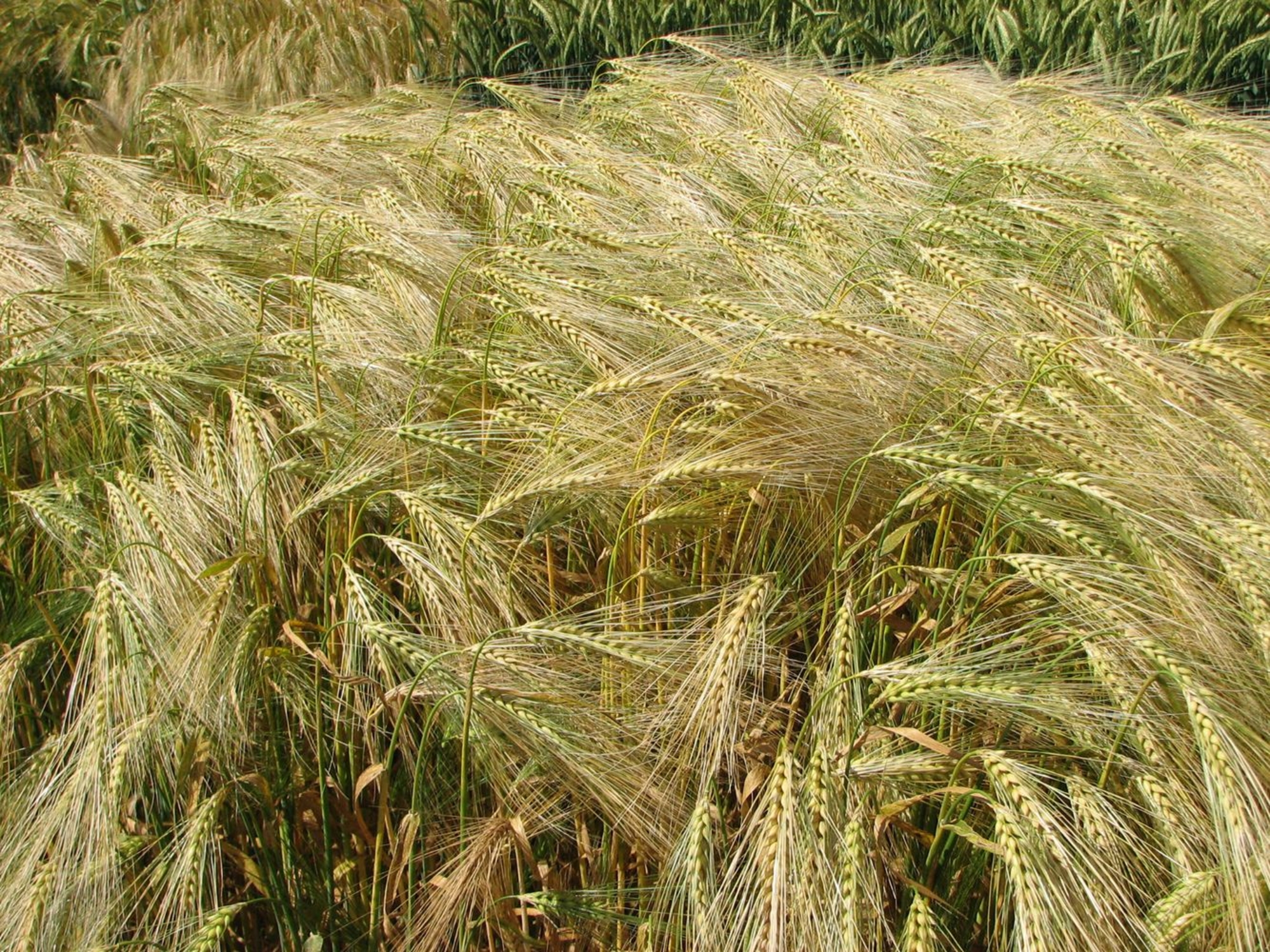
- Home
- Daily life
- Craftmanship
Crafts developed considerably during the Gallic period and the last two centuries BCE were marked by abundant production in a number of areas. Agriculture benefited from much improved tools so the land could be worked much better, leading to a massive increase in yields. Tools were diversified and carpenters had a toolbox which changed very little until the early twentieth century. The capacity to control fire increased the use of glass in jewellery and the production of very high quality metalwork. The skills of wheelwrighting, saddlery and cooperage were fully developed, encouraging trade.
The craftsmen working in Acy-Romance were commonly found in this type of settlement during the Gallic period. Erosion has deprived us of most of the remains of domestic life. It is only in the quarter allocated to the blacksmiths and coppersmiths that a few waste pieces and charcoal sediments have been found, characteristic of a developed industry. Animal resources were well used, wool, milk, bone and horn. Weaving and milling are the best represented activities, both inextricably linked to livestock and arable farming.
Associated media
Open Media Library
